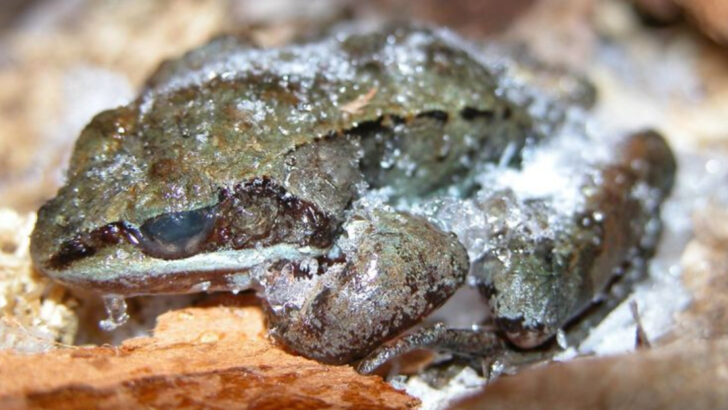They were gone.
Vanished.
Declared extinct.
Then—bam!—back from the dead.
These aren’t ghost stories. These are wild, feathered, furry, and freaky comeback tales from the animal world. We’re talking about creatures that scientists swore were gone forever… until someone spotted one blinking in the sunlight like, “Did I miss something?”
Some were hiding. Others played possum—literally. And a few just refused to follow the rules of extinction.
From long-lost frogs to fish that vanished for a century, these 15 animals pulled off the ultimate disappearing act—then dropped the mic with a dramatic return.
Let’s dive into nature’s most jaw-dropping comeback tour.
Tardigrade
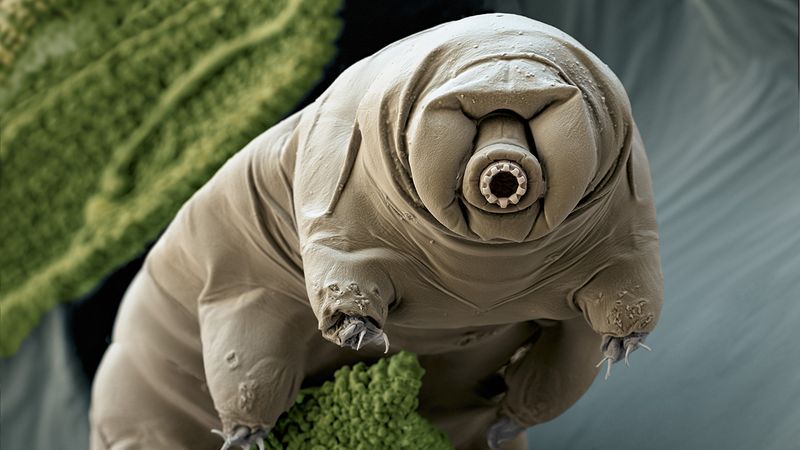
Tiny yet mighty, tardigrades can endure extreme environments that would kill most organisms. These remarkable creatures can survive boiling temperatures, intense radiation, and even the vacuum of space. Tardigrades achieve this by entering a near-death state called cryptobiosis, in which they dry out completely. Once conditions improve, they rehydrate and spring back to life. Found in various habitats from the deep sea to mountain tops, these microscopic marvels have fascinated scientists for their resilience. Did you know? Tardigrades were sent into space and survived exposure to the harsh environment, startling researchers worldwide.
Axolotl
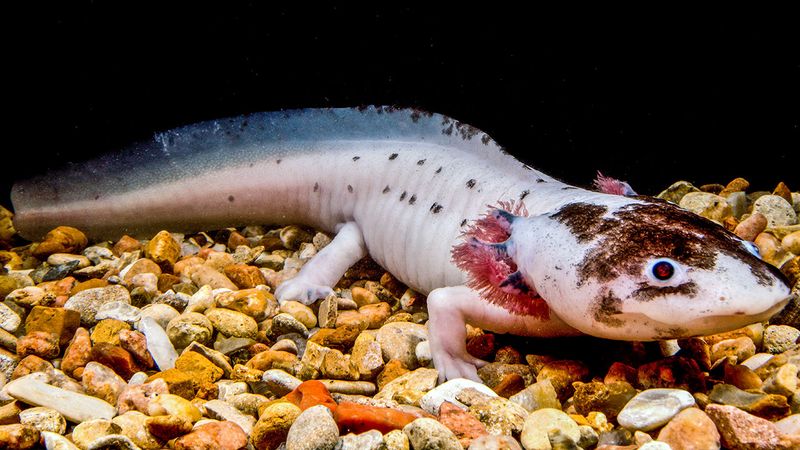
With an eternal smile, axolotls possess an extraordinary ability to regenerate their limbs, spinal cord, and even parts of their brain. Native to Mexico, these unique amphibians defy typical aging processes, retaining larval features throughout life. This neoteny allows them to reproduce without undergoing metamorphosis. Axolotls’ regenerative capabilities have made them a subject of scientific research, especially in the field of regenerative medicine. Unfortunately, in the wild, axolotls face threats from habitat loss and pollution, which have brought them to the brink of extinction. Despite challenges, they symbolize hope in biological studies.
Frog (Wood Frog)
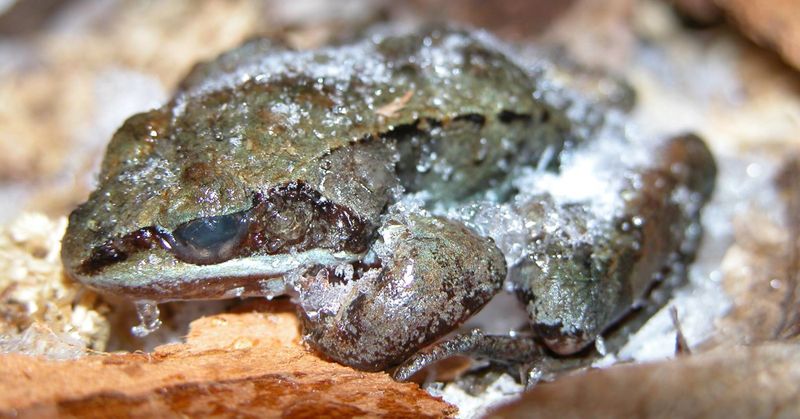
The wood frog demonstrates a unique survival trick that seems like magic: it can freeze solid in winter and thaw out in spring, alive and well. This amphibian’s body shuts down, its heart stops, and up to 70% of its body water turns to ice. Miraculously, it survives by producing natural antifreeze compounds that prevent cell damage. As temperatures rise, it thaws and resumes its normal activities. Found in North America, the wood frog’s incredible adaptation helps it survive harsh winters in the Arctic tundra and northern forests. Its lifecycle is a testament to nature’s ingenuity.
Immortal Jellyfish
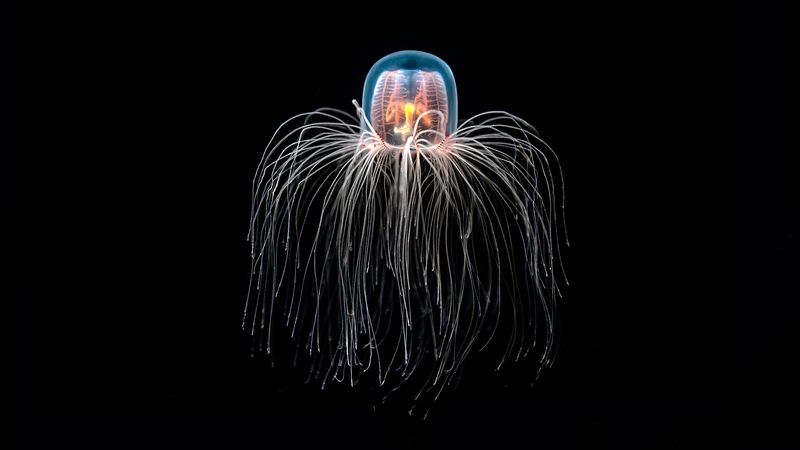
Imagine reverting to youth instead of aging! The immortal jellyfish possesses this uncanny ability by reverting its cells to their earliest form, essentially starting its lifecycle anew. This process, called transdifferentiation, allows it to escape death and potentially live indefinitely under the right conditions. Originating from the Mediterranean Sea, it now inhabits oceans worldwide, intriguing scientists with its potential implications for aging research. Despite its nickname, this jellyfish is not truly immortal but can cycle between life stages under stress. This fascinating marine creature fuels hope for breakthroughs in the science of aging.
Coelacanth
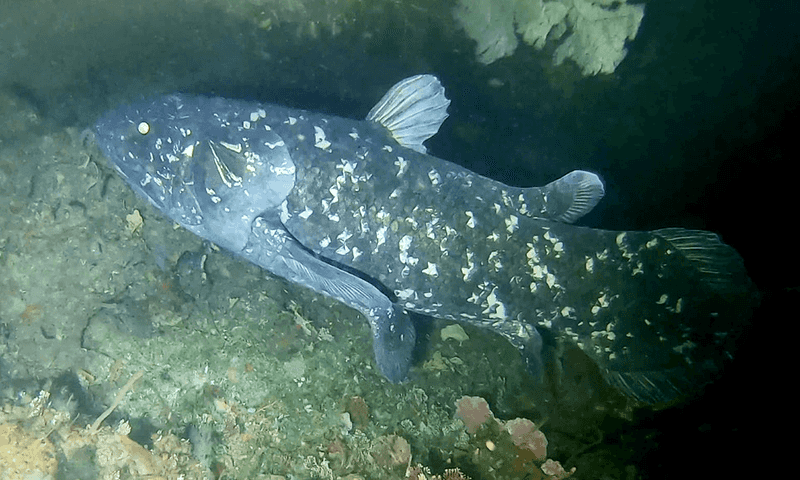
The coelacanth was believed extinct for 65 million years until one was caught off the coast of South Africa in 1938. This ‘living fossil’ stunned the world, as it had seemingly returned from the depths of history. Coelacanths possess unique lobe-finned limbs, resembling early tetrapods, and live in deep ocean caves. Their discovery challenged scientific understanding of evolution and extinction. Despite being critically endangered, their existence offers a rare glimpse into the past. The coelacanth’s story underscores the ongoing mysteries of the ocean and the importance of conserving ancient species.
Thylacine

The thylacine, also known as the Tasmanian tiger, was declared extinct in the 20th century. Yet, reports of sightings continue to fuel hope for its existence. This carnivorous marsupial had a dog-like appearance, with distinctive stripes and a pouch for its young. Native to Tasmania, it was a top predator before human activities and disease led to its decline. Recent technological advances have sparked discussions about de-extinction possibilities. The thylacine symbolizes the delicate balance of ecosystems and the consequences of human impact. Its legacy endures in conservation dialogues and cultural memory.
Gobi Bear
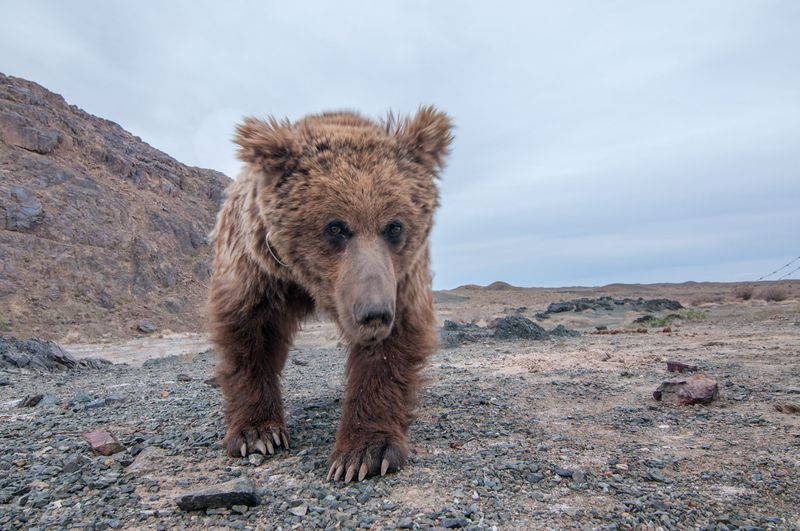
The elusive Gobi bear ekes out a living in the harsh desert of Mongolia, surviving where few others can. With only a few dozen individuals remaining, it is one of the world’s rarest bears. Adapted to extreme conditions, Gobi bears subsist on sparse vegetation, insects, and occasional small mammals. Conservation efforts focus on habitat preservation and mitigating human-wildlife conflict. Often described as both ghostly and resilient, they are a testament to survival against the odds. The Gobi bear’s story highlights the urgent need for protective measures to ensure the survival of unique species.
Jerdon’s Courser
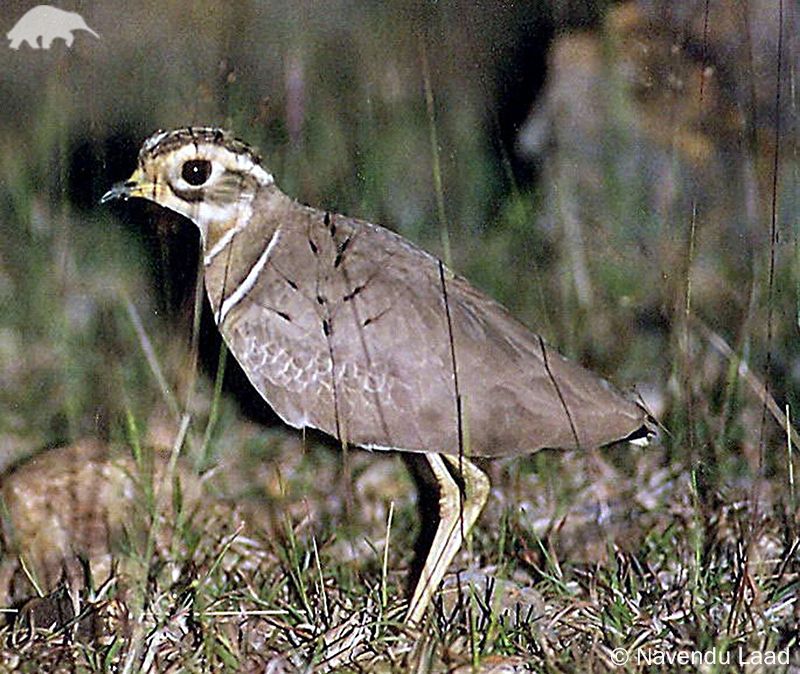
Jerdon’s courser, a nocturnal bird found in India, was presumed extinct for over a century until rediscovered in 1986. This reclusive species prefers undisturbed scrub forests and is rarely seen, contributing to its enigmatic reputation. Conservationists work to protect its habitat from agricultural expansion and development. The bird’s distinctive call and elusive nature make it a symbol of hidden biodiversity. Efforts to study and conserve Jerdon’s courser continue, as it represents both a triumph of rediscovery and a challenge in preserving rare species. Its story emphasizes the importance of habitat conservation.
Pinta Island Tortoise
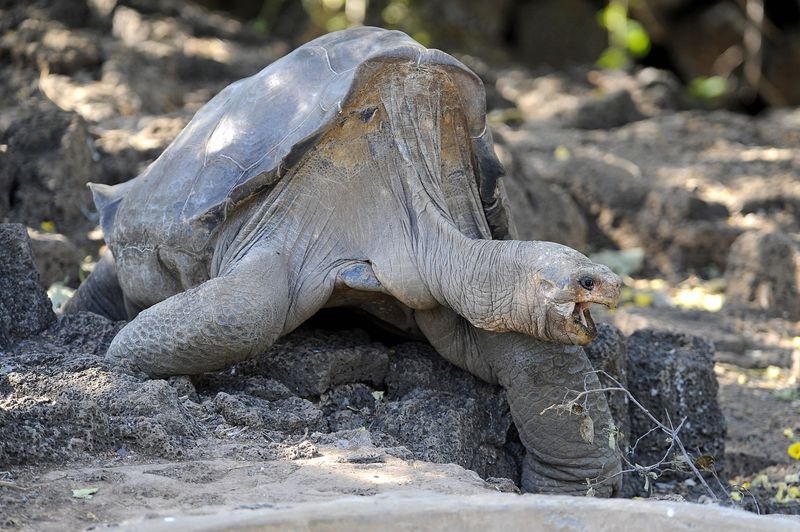
The Pinta Island tortoise was once thought extinct with the death of Lonesome George, the last known individual. However, hybrids discovered on nearby islands suggest the species might not be entirely lost. These tortoises are iconic symbols of the Galápagos, known for their significant role in Charles Darwin’s evolutionary studies. Conservationists are exploring de-extinction possibilities by breeding hybrids with genetic links to the Pinta tortoise. The ongoing efforts offer hope for restoring this giant to its natural habitat. The Pinta tortoise’s legacy continues to inspire conservation and genetic research.
Quagga
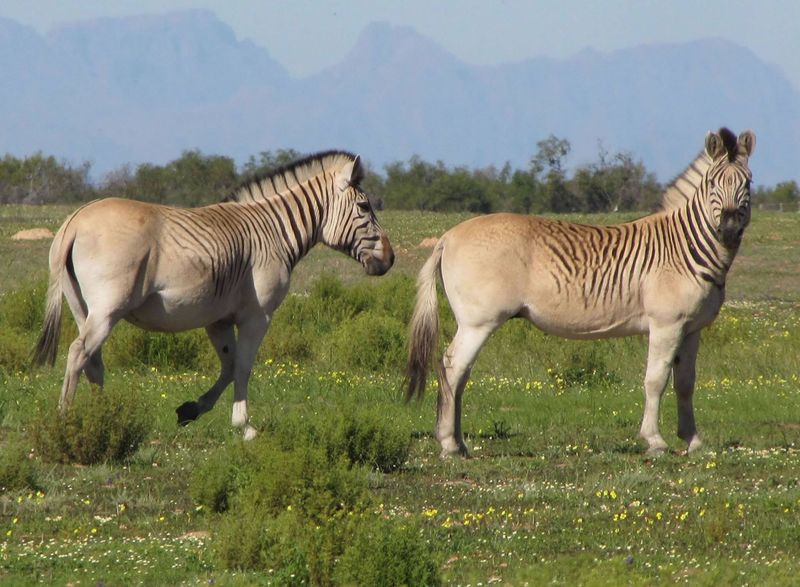
The quagga, a subspecies of the plains zebra, was extinct in the wild by the late 19th century due to hunting. However, a project in South Africa aims to resurrect it through selective breeding of zebras with quagga-like traits. The quagga’s unique pattern—striped in the front and solid in the back—sets it apart from other zebras. While true resurrection remains debated, these efforts highlight human intervention’s potential in restoring lost species. The quagga project raises questions about conservation priorities and genetic manipulation in wildlife management. Its story reflects ongoing efforts to correct past mistakes.
Lord Howe Stick Insect
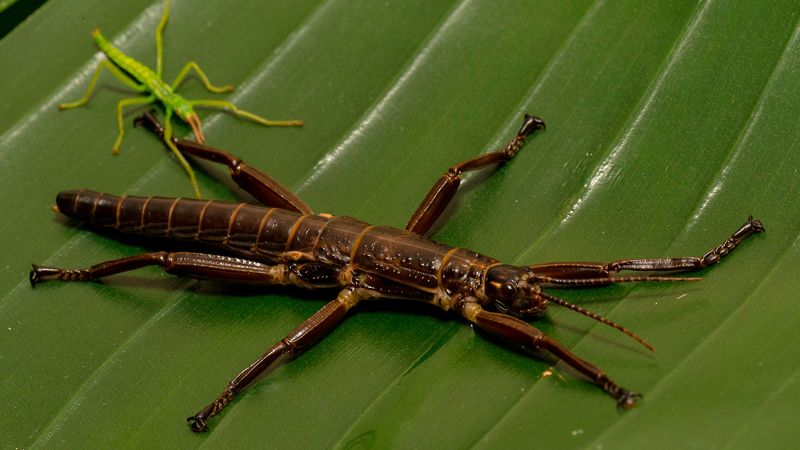
Dubbed the ‘tree lobster’, this insect was thought extinct until rediscovered on Ball’s Pyramid, a rocky remnant of a volcano. Once abundant on Lord Howe Island, invasive rats nearly wiped them out. Conservationists have since bred them in captivity, with hopes of reintroducing them to their native habitat. The giant stick insect’s survival story is a testament to resilience and human dedication to conservation. It serves as a reminder of nature’s fragility and the impact of introduced species. Today, they symbolize hope for species deemed lost to extinction.
Western Swamp Tortoise

Australia’s Western swamp tortoise faced extinction due to habitat loss and predation. Rediscovered in the 1950s, intensive conservation efforts have revitalized its population. These tortoises thrive in ephemeral wetlands, feeding on small invertebrates. Breeding programs and habitat restoration are crucial to their survival. Known for their distinctive shell and small stature, they embody successful conservation collaboration between scientists, governments, and local communities. The Western swamp tortoise represents resilience and hope for endangered species. Its recovery is a shining example of what dedicated conservation can achieve in restoring threatened species.
Giant Panda
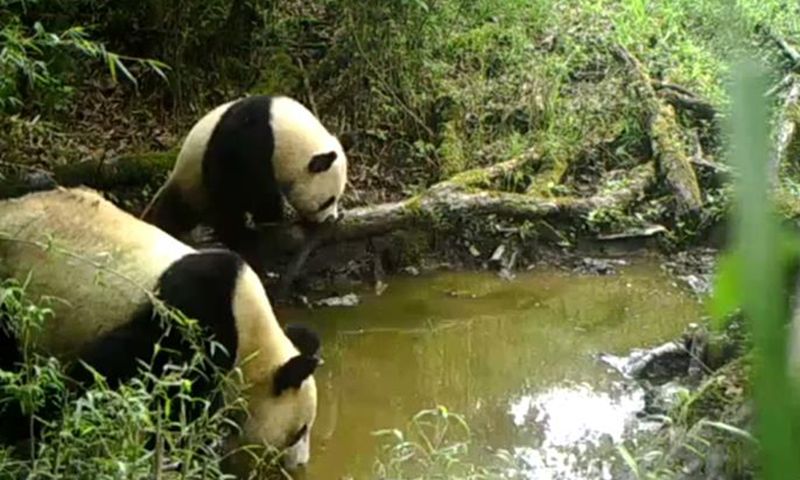
Once on the brink of extinction, the giant panda’s population has rebounded thanks to concerted conservation efforts. Native to China, these bears are known for their striking black and white fur and gentle demeanor. Pandas rely heavily on bamboo, making them vulnerable to habitat loss. Conservation initiatives include breeding programs and habitat corridors to ensure genetic diversity. The giant panda’s recovery is a conservation success story, symbolizing international collaboration and the power of dedicated efforts. Their adorable appearance and unique characteristics continue to capture the hearts of people worldwide.
Round Island Boa
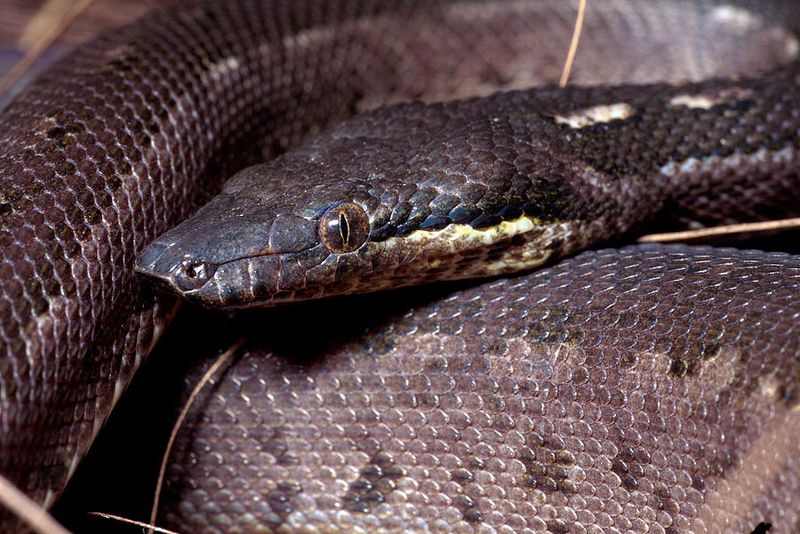
The Round Island boa is a rare reptile found only on the uninhabited Round Island near Mauritius. Once widespread, habitat destruction and invasive species decimated its population. Conservation efforts have stabilized the population, focusing on habitat restoration and predator control. This snake is known for its smooth scales and distinctive coloration, blending with its rocky surroundings. A symbol of the island’s unique biodiversity, the boa’s survival highlights the importance of preserving endemic species. Ongoing research and protection measures aim to ensure the species’ long-term survival in its natural habitat.
Siberian Tiger
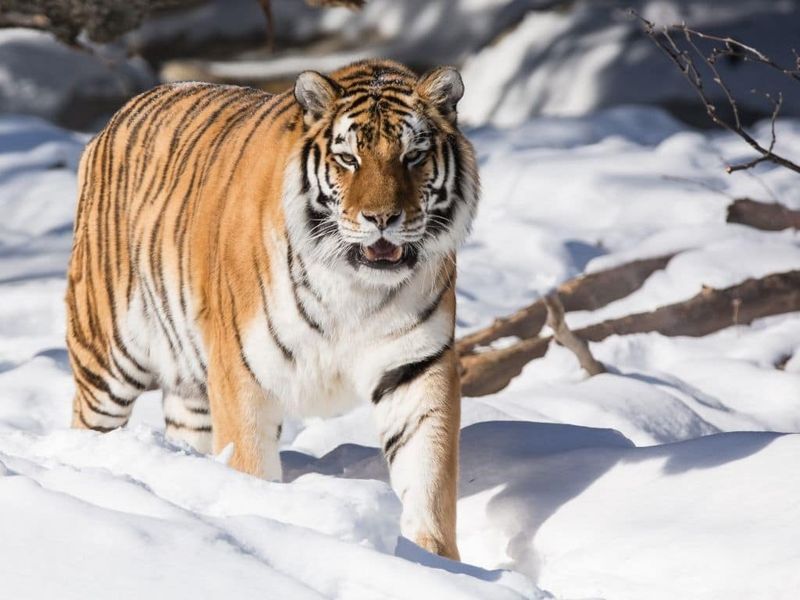
Few animals embody resilience like the Siberian tiger. With populations dwindling due to poaching and habitat loss, concerted conservation efforts have bolstered their numbers. These solitary cats roam the vast forests of Russia, hunting deer and wild boar. Their thick fur and powerful build enable survival in harsh winters. International cooperation and protected areas have been pivotal in their recovery. The Siberian tiger symbolizes strength and the possibility of reversing wildlife decline through dedicated action. Conservationists continue to fight for their future, ensuring these magnificent predators remain in the wild.

